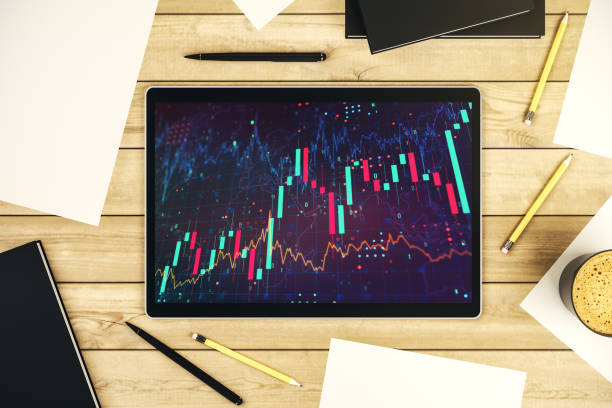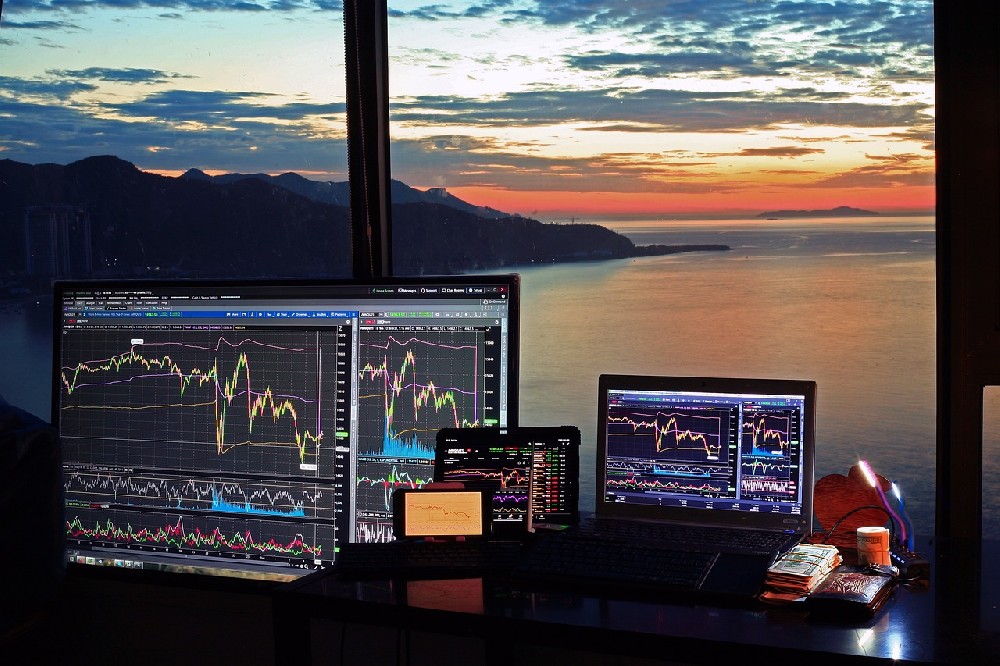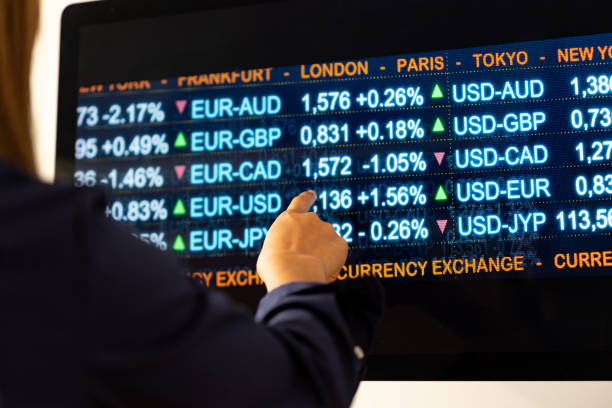Futures are contracts that obligate the buyer or seller to exchange an asset or commodity at a specified future date and price. They are used for hedging, speculation, and arbitrage purposes in the global market. Futures can be based on various underlying assets, such as currencies, commodities, indices, stocks, bonds, and interest rates.
Futures markets trade almost 24 hours a day, 6 days a week, from 6:00 p.m. EST on Sunday to 5:00 p.m. Friday — allowing for premarket and after-hours trades. However, not all hours are the same. There are optimal times to trade and other times you should avoid if you want to have success in this business.
The best futures trading hours depend on the type of asset and the market conditions. Generally, the most liquid and volatile hours are when the major market sessions overlap, such as the US and European session, or the Asian and European session. These are the hours when the most traders and investors are active and the most news and events are released.
For example, for trading equity index futures, such as the E-mini S&P 500, the best hours are from 9:30 a.m. to 11:30 a.m. EST, when the US and European markets are open, and from 1:00 a.m. to 3:00 a.m. EST, when the London and Asian markets are open. These are the hours when the most volume and opportunity are available.
For trading currency futures, such as the Euro FX, the best hours are from 8:00 a.m. to 12:00 p.m. EST, when the London and New York markets are open, and from 7:00 p.m. to 2:00 a.m. EST, when the Tokyo and Sydney markets are open. These are the hours when the most movements and fluctuations occur.
For trading commodity futures, such as crude oil, the best hours are from 9:00 a.m. to 2:30 p.m. EST, when the US market is open, and from 6:00 p.m. to 6:00 a.m. EST, when the electronic session is open. These are the hours when the most supply and demand factors and inventory reports are released.
On the other hand, the worst futures trading hours are when the market is thin and quiet, such as during holidays, weekends, or late-night hours. These are the hours when the liquidity and volatility are low and the risk of price gaps and slippage are high.
Therefore, traders need to be aware of the different futures trading hours and choose the ones that suit their trading style, objectives, and risk tolerance. They also need to use indicators and tools that can help them analyze the market trends, momentum, volatility, and volume of the underlying assets and the futures contracts. By doing so, they can maximize their trading efficiency and profitability.







